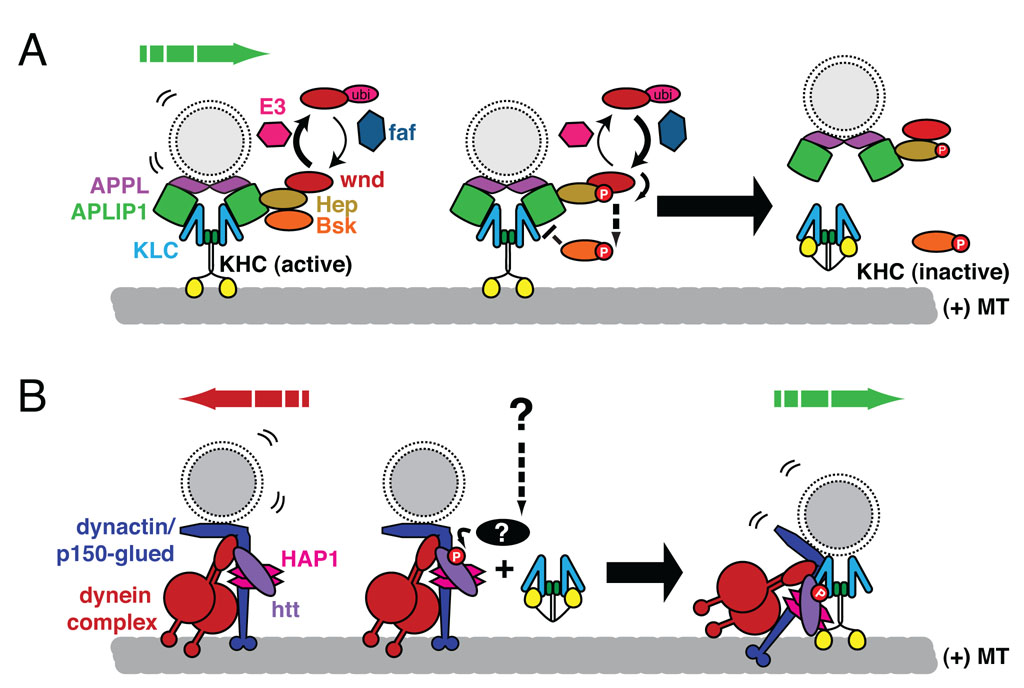Figure 3. Phosphorylation dependent regulation of transport.
Two recent examples of how transport of vesicular cargos is modulated by adaptor complexes are illustrated above. (A) Recent work in the fly indicates that the interaction between the KHC/KLC kinesin complex and the JNK adaptor, JIP1 (APLIP1 in the fly) is modulated by the JNK signaling pathway [••14]. Synaptic material accumulates in axons when APLIP1 is overexpressed. These accumulations are alleviated by the overexpression of either the ubiquitin hydrolase, fat facets (faf) or the MAPKKK, wallenda (wnd). Transport defects are similarly apparent with the loss of wnd or the activity of its downstream signaling partners the MAPKK, hemipterous (Hep), or the JNK homologue, basket (Bsk), suggesting that JNK signaling is necessary for maintaining or initializing the transport of APLIP1 cargos, i.e. APPL- associated transport vesicles. The kinase activity of wnd promotes the activation of Hep, increased phospho-JNK, and decreased binding of APLIP1 with KLC. Thus the activity of the ubiquitin proteasome system may normally reduce wnd activity and thereby allow adaptor-cargo complexes to assemble. Increasing wnd activity, via modulation of the ubiquitination pathway, e.g via the E3 ubiquitin ligase Highwire, or direct activation of wnd would promote the dissociation of the motor and cargo and inactivation of the kinesin [64,65]. (B) A recent study helps to resolve how the Huntingtin protein (htt) may regulate the bidirectional movement of vesicles [18]. Htt associates with both the dynein/dynactin retrograde motor complex and kinesin-1, in part via huntingtin associated protein (HAP1) [•20,66]. Insulin growth factor, via the kinase Akt, phosphorylates htt at serine 421 and increased the association of KHC with vesicles, thereby promoting anterograde transport of BDNF-containing vesicles. In this model, phosphorylation of htt controls the balance between retrograde and anterograde forces on this cargo and others and places htt at the center of signaling pathways that may modulate transport normally and in disease states.

